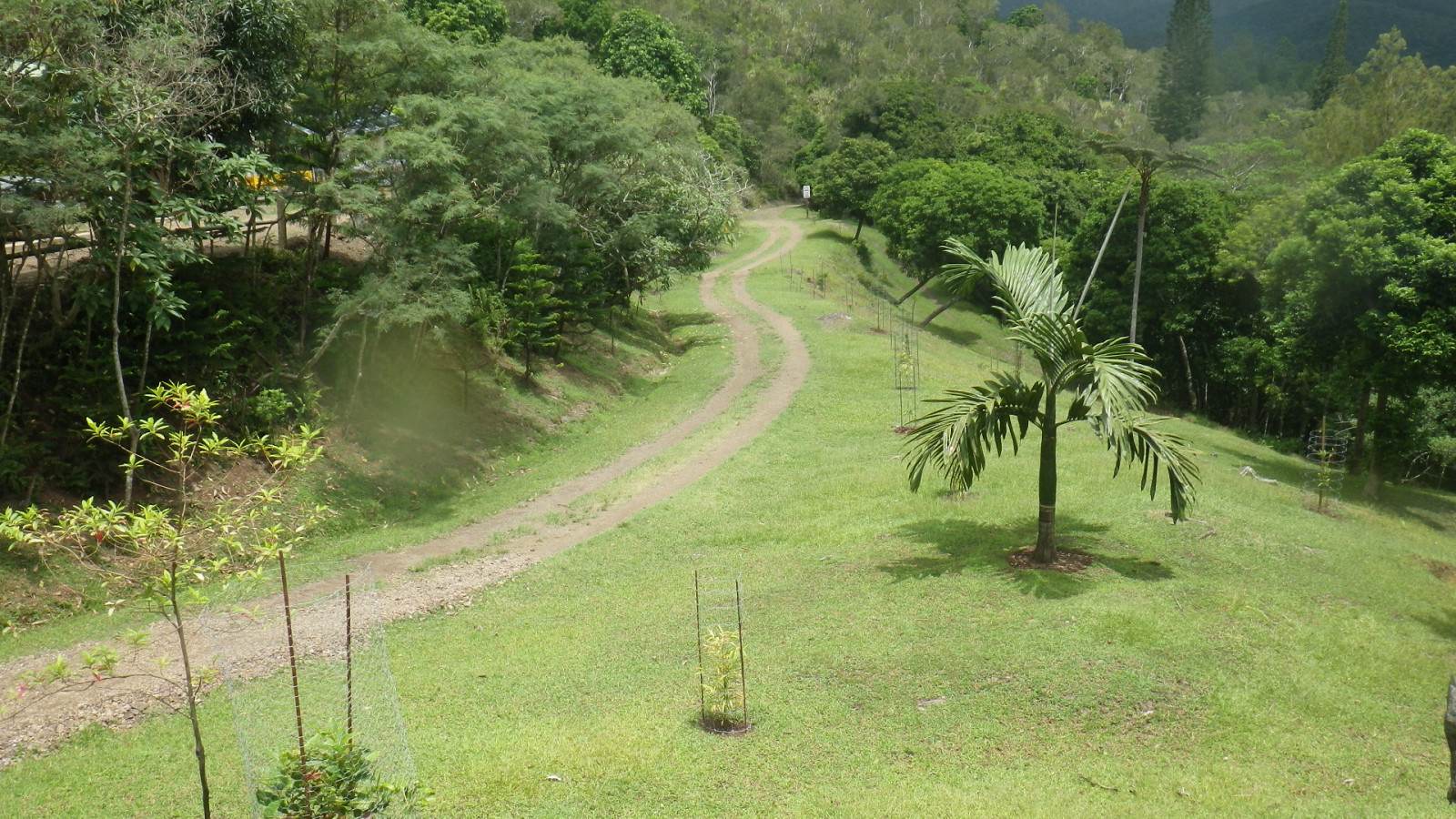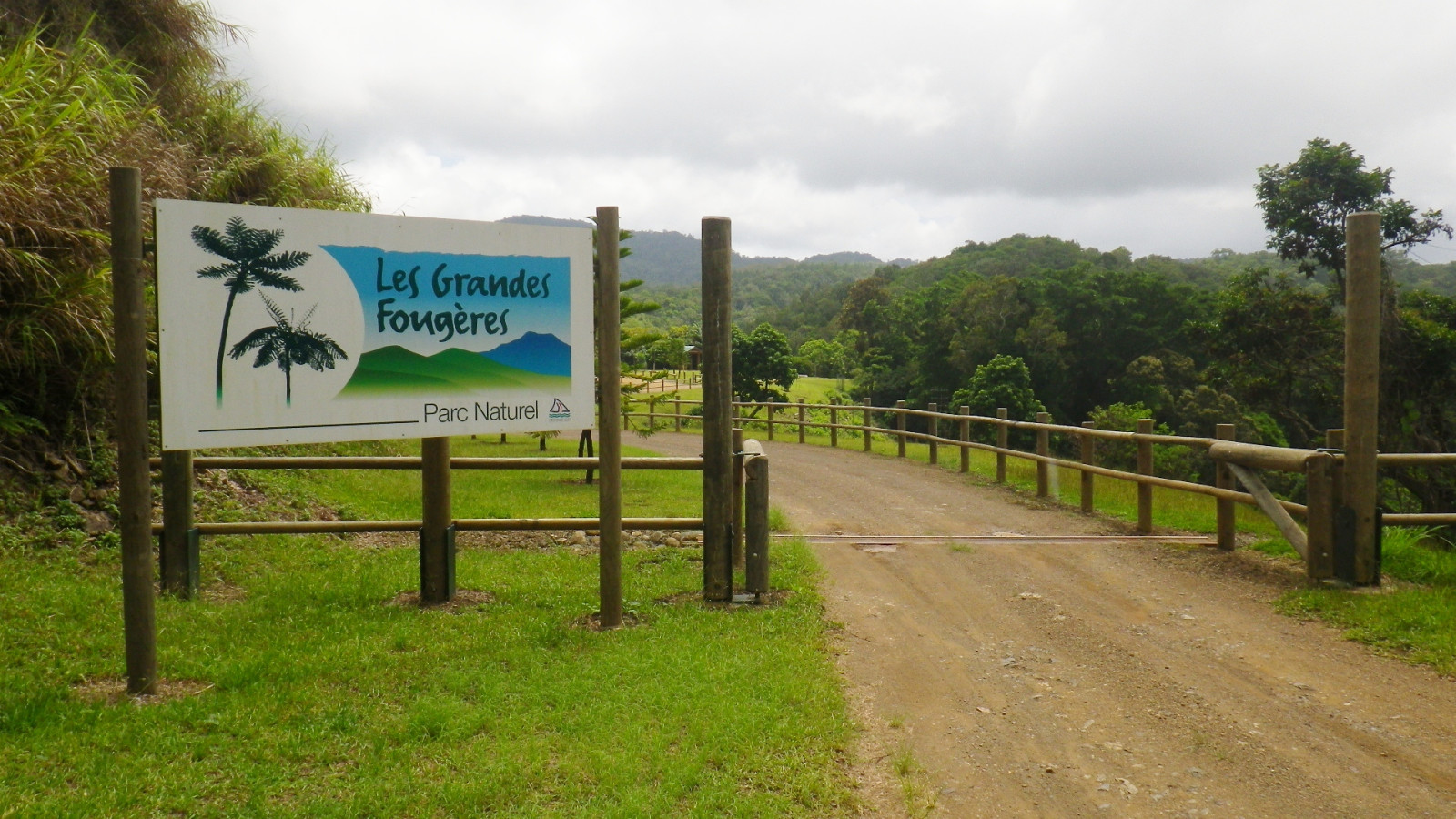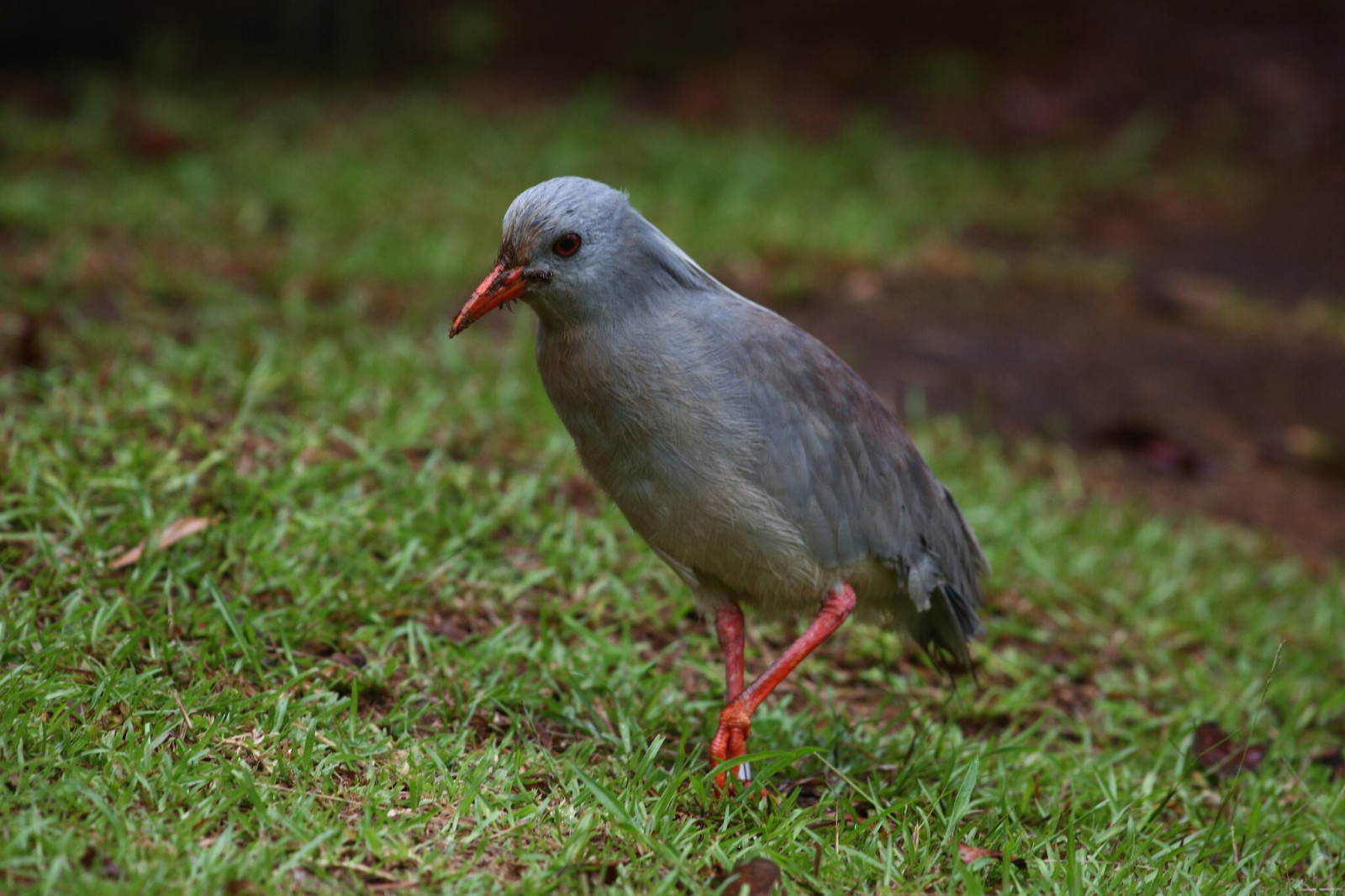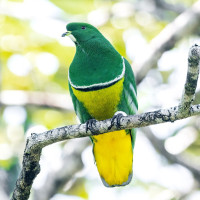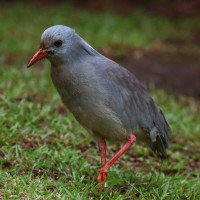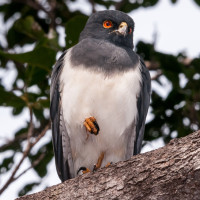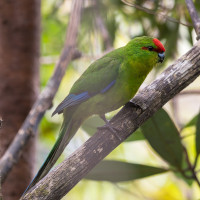Descrição
The Parc des Grandes Fougères is a large forest (4,535 hectares of tropical rainforest) within the central mountains of Grande Terre. There are many trails available guiding visitors through the rainforests as well as wooded savannahs. Most of the plants are endemic and the park is covered with the big Fern trees, hence the name.
Most of the endemic birds species common in New Caledonia can be found here. Kagu are commonly found walking on the ground next or even on the trails and the New Caledonian Goshawk is often heard calling from a dominant perch. Other notable species include Horned Parakeet, New Caledonian Parakeet, New Caledonian Crow and Southern Shrikebill. Red-throated Parrotfinch can often be found foraging in pairs in drier grassy areas.
Detalhes
Acesso
The Parc des Grandes Fougères is situated near the town of Farino, which is about 120 kilometers north of Nouméa, the capital city of New Caledonia. The park is nestled in the heart of the island. Parc des Grandes Fougères is accessible from Farino and connected by a 4 km unpaved road. There are many parking spaces available at the entrance. Press P on the map for directions or coordinates. Walking or cycling to the park is possible, but the road is quite open and it can get hot in the sun. Best option is by far the car to get there, there are no public buses.
The park is closed on Monday and Tuesday and can be closed during wildfire season. Opening times from 08:00 hours to 16:00. The entrance fee is 300 to 400 XPF (Pacific Francs) which converts to approximately $2.62 to $3.49 USD. Some of the trails have small river crossings or stairs. The circular route shown on the map is about 5 km.
